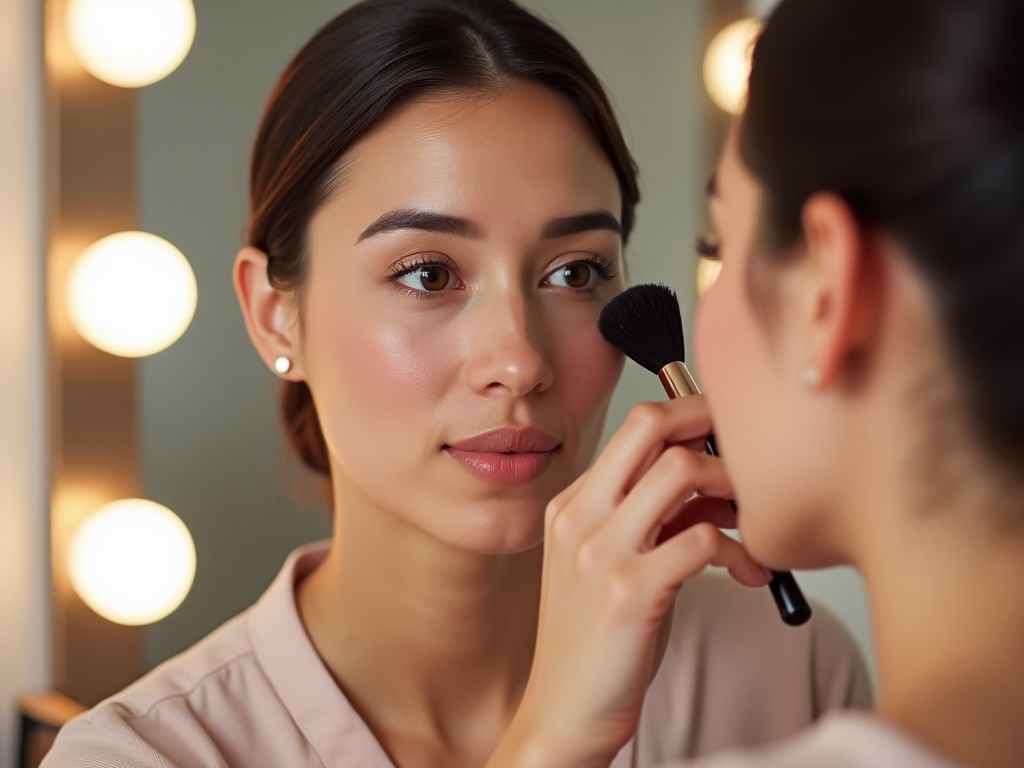Achieving a flawless foundation finish is a critical step in any makeup routine. This article will guide you through the best techniques and products to ensure that your foundation looks smooth, natural, and lasts all day. From prepping your skin to choosing the right tools, we’ve got you covered.
Prep Your Skin
Before you even think about applying foundation, it’s essential to prepare your skin properly. Start by cleansing your face to remove any dirt, oil, or impurities. Follow this with a gentle exfoliation to get rid of dead skin cells, which can make your foundation look uneven. Next, apply a good moisturizer to hydrate your skin, creating a smooth canvas for your makeup. Don’t forget to apply a primer that suits your skin type; this step is crucial for filling in pores and fine lines, making your foundation look flawless.
Choosing the Right Foundation
Selecting the right foundation is half the battle. There are various types of foundation available, including liquid, powder, and cream. Consider your skin type when selecting a foundation. For oily skin, a matte or oil-free formula is ideal. If you have dry skin, opt for a hydrating or luminous foundation. It’s essential to match the foundation shade to your skin tone. Test it on your jawline in natural light to find the perfect match. The right foundation should blend seamlessly with your skin, making it look natural and not cakey.
Application Techniques
How you apply foundation can make a significant difference in its finish. Here are some popular methods:
- Brush: Using a dense brush, such as a kabuki brush, can provide full coverage. Apply foundation in circular motions to blend well into the skin.
- Sponge: A makeup sponge, like a Beauty Blender, gives a more natural, dewy finish. Dampen the sponge before application for the best results.
- Fingers: For a quick, sheer look, use your fingers. The warmth of your hands helps the foundation melt into your skin.
Regardless of the method you choose, it’s crucial to start with a small amount of foundation and build it up as needed. This approach helps prevent a cakey appearance and gives you more control over the coverage.
Setting Your Foundation
Once you’ve applied your foundation, setting it is the next crucial step. Use a translucent setting powder to lock in your foundation and extend its wear. Apply the powder with a large, fluffy brush, focusing on areas prone to oiliness, like the T-zone. If you prefer a dewy finish, consider a setting spray instead of powder. This will set your makeup while maintaining a fresh, hydrated look. Remember, less is more when it comes to setting products to avoid a heavy or cakey finish.
Touch-up Tips
Throughout the day, your foundation may need a touch-up to stay flawless. Carry blotting papers to absorb excess oil without disturbing your makeup. For quick coverage fixes, keep a compact powder or a cushion foundation in your bag. These products are easy to apply and blend, allowing you to refresh your look on the go. If you notice any creasing, gently tap the area with clean fingers or a damp sponge to blend the foundation back into your skin. These simple tips can help you maintain a flawless finish all day long.
Conclusion
Achieving a flawless foundation finish involves more than just the right product; it’s about proper skin preparation, the right tools, and effective application techniques. Remember to prep your skin, choose a foundation that matches your skin type and tone, and apply it using the method that works best for you. Don’t forget to set your foundation to ensure it lasts all day. With these tips, you’re well on your way to a smooth, natural, and long-lasting foundation finish.
FAQs
1. How can I prevent my foundation from looking cakey?
To avoid a cakey finish, start with a thin layer and build coverage gradually. Use a makeup sponge for a more natural look and always set with a minimal amount of translucent powder.
2. What type of primer should I use?
The type of primer you use should depend on your skin type. For oily skin, opt for a mattifying primer. For dry skin, use a hydrating primer. If you have combination skin, a balancing primer can work wonders.
3. How do I choose the right foundation shade?
Test foundation shades on your jawline and review them in natural light. The right shade should blend seamlessly with your skin tone. Don’t hesitate to ask for samples to try a few shades at home before making a decision.
4. How often should I change my makeup sponge or brush?
To maintain good hygiene, wash your makeup brushes and sponges at least once a week. Replace makeup sponges every 1-3 months, depending on usage, to avoid bacteria buildup.
5. Can I mix foundations for a better match?
Yes, mixing foundations can help achieve a perfect color match and the desired finish. Mix different shades or formulas by blending them on the back of your hand before applying.



